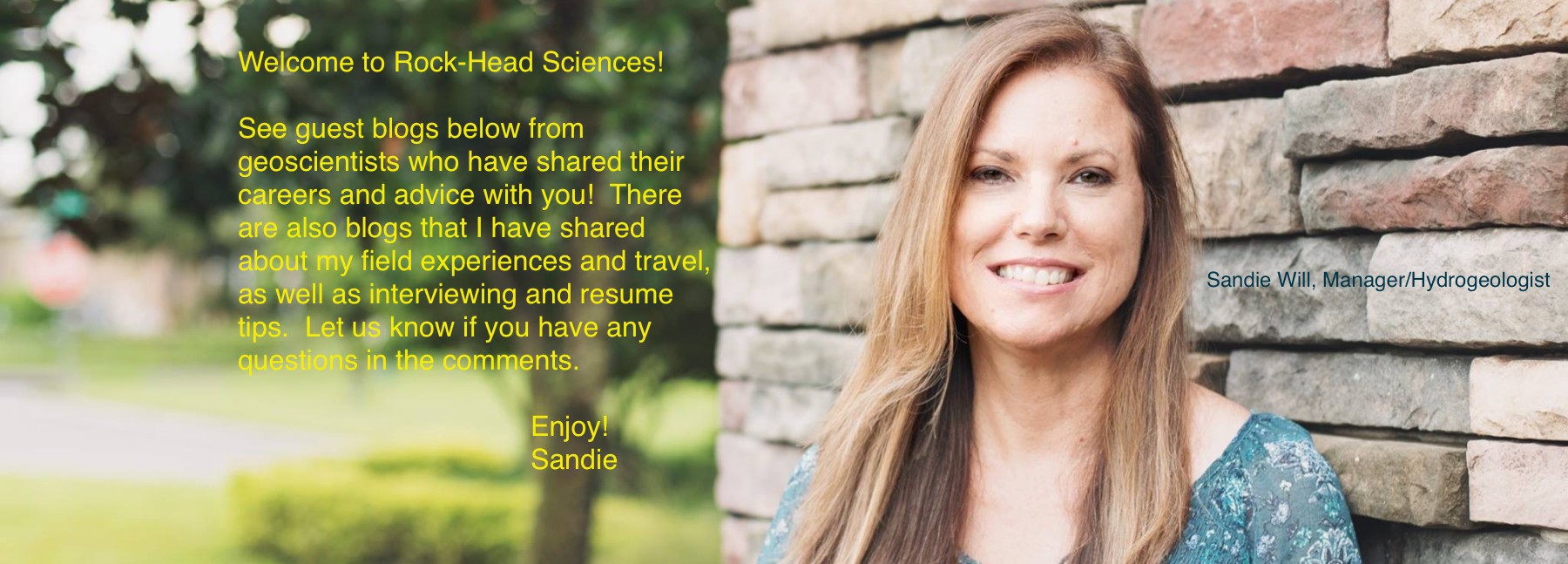NAME: Professor Phil Ashworth
CURRENT TITLE: Director of Research and Development for the Life and Physical Sciences at the University of Brighton. Also, Professor of Physical Geography.
AREA OF EXPERTISE: River dynamics, fluvial sedimentology, geomorphology, alluvial architecture, hydrocarbon reservoir characterisation
YEARS EXPERIENCE: I was a Professor of Geography at the University of Leeds for 12 years before moving to Brighton in 2000. I enjoyed a Natural Environment Research Council (NERC) Fellowship back in the 1980s which allowed me to work with Chris Paola and Gary Parker at the St. Anthony Falls Laboratory (Minnesota, United States).
EDUCATION:
1980-83: Geography BSc (Hons), University of Aberystwyth, Wales
1983-86: NERC PhD, Department of Environmental Sciences, University of Stirling, Scotland
1987-88: NERC Fellowship, Universities of Minnesota and Stirling
1988-2000: Lecturer-Professor, University of Leeds
2000-present: Professor of Physical Geography, University of Brighton
2012-present: Director of Research and Development, University of Brighton
WEBSITE: http://about.brighton.ac.uk/set/contact/details.php?uid=pa73
What’s your job like?
I provide research leadership across Schools ranging from health sciences through to computing, engineering and the built and natural environment. This entails developing strategy for research investment, initiating platform research bids across the institution, ensuring colleagues are supported (especially those at the early stages of their careers), and of course, chairing numerous committees! Alongside this managerial role, I have an active research portfolio including working on Research Council-supported projects on river dynamics and sedimentology and consultancy work with the oil industry. I chair some of the United Kingdom (UK) NERC grant committees and help input on NERC strategy and policy.
Here are some informational websites on the NERC projects I am working on:
NERC Columbia project: http://www.brighton.ac.uk/columbia
NERC bedform project: http://www.bedform.co.uk
NERC Parana project: http://www.brighton.ac.uk/parana
What’s a typical day like?
No one day is the same, but usually I start with checking my over-night email that may come in from the United States (US) and Canadian colleagues and those on fieldwork in some glorious outback. Then, I deal with email post-22.00 from UK night owls. I may look at Twitter on the train to work to catch up with global goings-on. Most days, I have 40% meetings, 40% follow-up from/preparation for meetings, and 20% research. If I am chairing meetings, I try to ensure I have covered all bases and potential questions. I set myself a series of tasks for each day and tick them off as I go. The research can bring all sorts of demands…from logistics of field setup, discussing new applications, commenting on papers, reviewing, etc. I only seem to be able to write at home, so I try to get one day a week to do that if possible. Home is 18.00 and then more email-watch and action until about 22.30.
What’s fun?
Fieldwork, without a doubt. You don’t realise it until you escape the madness and deadlines at work and get a chance to think, chat to colleagues, breathe the outdoors and get wet and cold. I do enjoy my work with the Research Councils – it is one of the few opportunities to have an input at the highest level. Chairing the NERC Fellowships Round is rewarding – we interview some of the brightest new minds in the environmental sciences. My research colleagues from partner universities are all superb scientists and working towards the same goal of research excellence. They make fieldwork something special. I enjoy giving people a step-up in their careers – particularly new starters, but also seeing graduate students and friends get new jobs, new grants and new Chairs.
What’s challenging?
Dealing with the flood of incoming mail. I rate a good day when more goes out than comes in. And these days, that rarely happens. I have an iPhone 3G, iPad 3G, SurfacePro, laptop and desktop – all synched to make my life easier. My electronic calendar is my saviour. But the challenge is to somehow stop looking at all these screens – and I haven’t discovered the secret yet.
What’s your advice to students?
Keep a broad mind, move on from your specialist PhD area as soon as possible, move institutions at least once in mid-career and keep going to conferences. Don’t miss the American Geophysical Union (AGU). Try and develop a consultancy arm to your research and keep publishing in a variety of formats including the grey literature and social media. Make sure you have some downtime at the weekends – I play sport. Don’t worry whether you think you are a ‘physical geographer’, ‘environmental scientist’, ‘geoscientist’ or ‘geologist’ – they all get the jobs in my field of fluvial processes and sedimentology.


